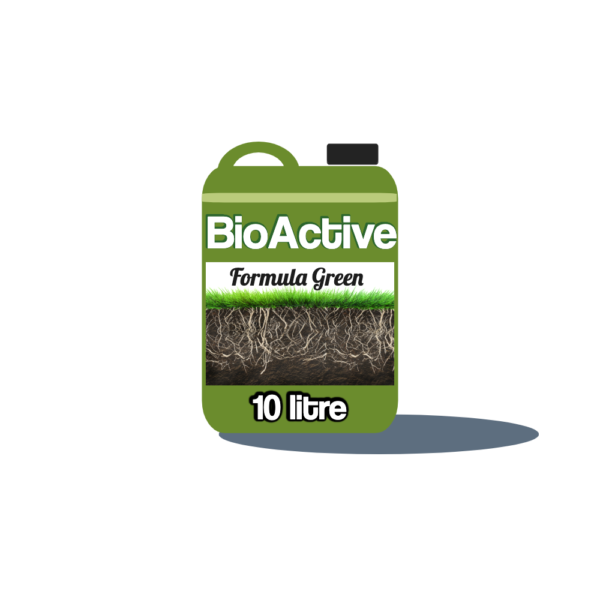Introduction:
Mechanical thatch control is costly, disruptive, and often short-lived. What if you could eliminate the problem biologically — and improve turf performance at the same time?
The BioActive Solution
By combining BioActive Thatch Reduce with BioActive Molturf, you unlock a powerful natural process:
- Thatch is broken down by specialist microbes and enzymes.
- Those breakdown products are converted into nutrients for the turf.
- Soil biology is stimulated, not sterilised.
The Result?
✔ Less thatch
✔ Healthier soil
✔ Stronger turf
✔ Better surface performance
Spray It, Don’t Scarify It
Both products are easily mixed and sprayed – no mechanical disruption, no follow-up repair, and no downtime.
And at just £40 per green per application (for Bowls Central Academy Members), this is the most cost-effective, long-term thatch control method available today.
📦 Try them now:





